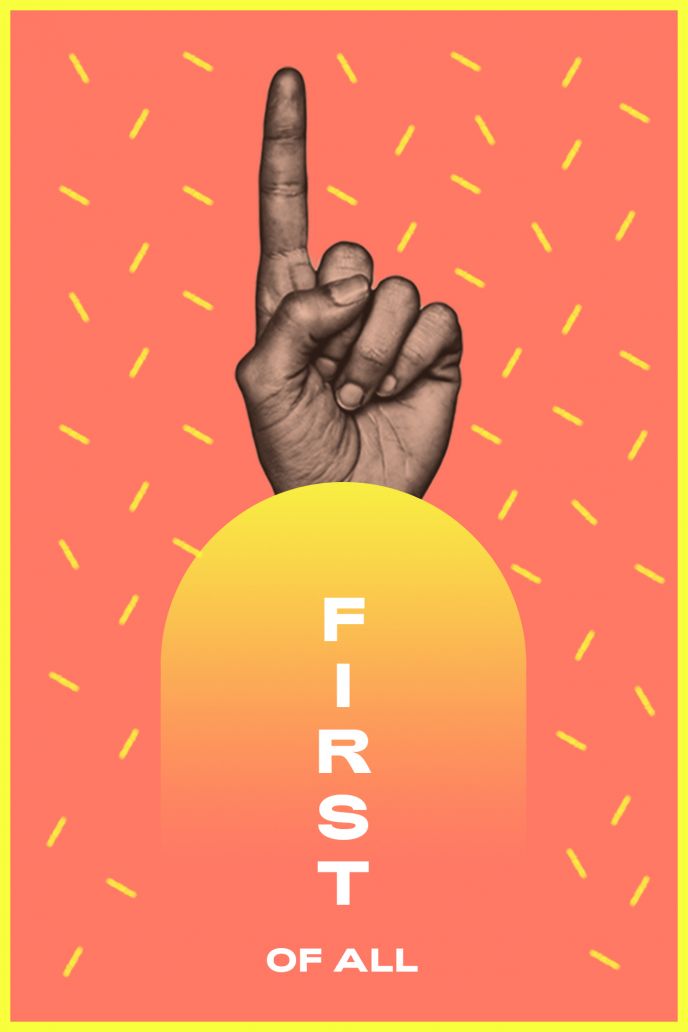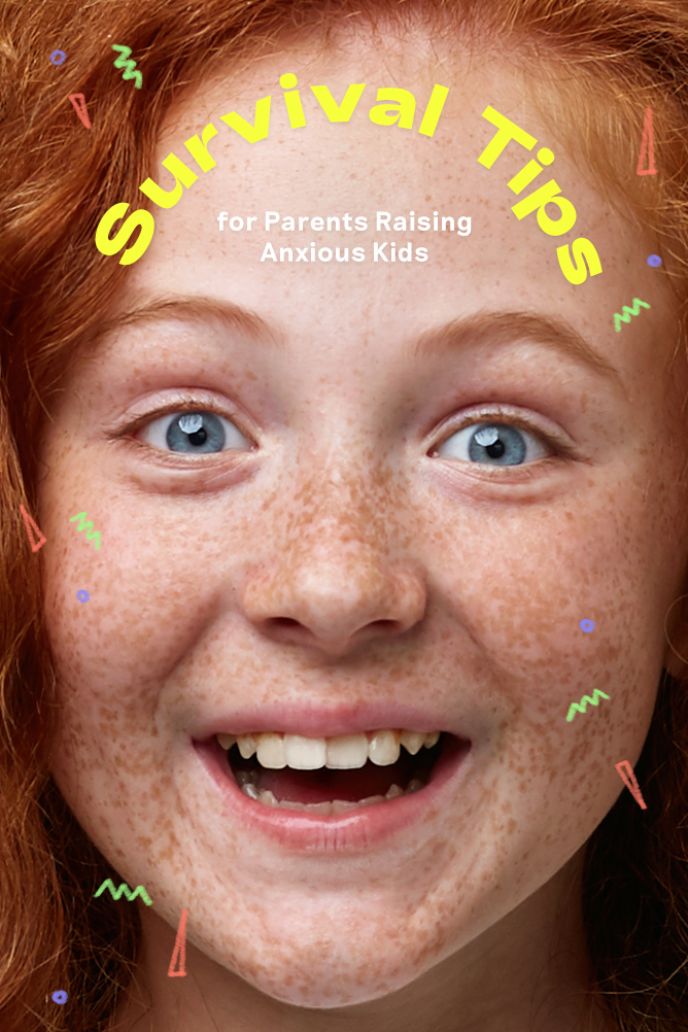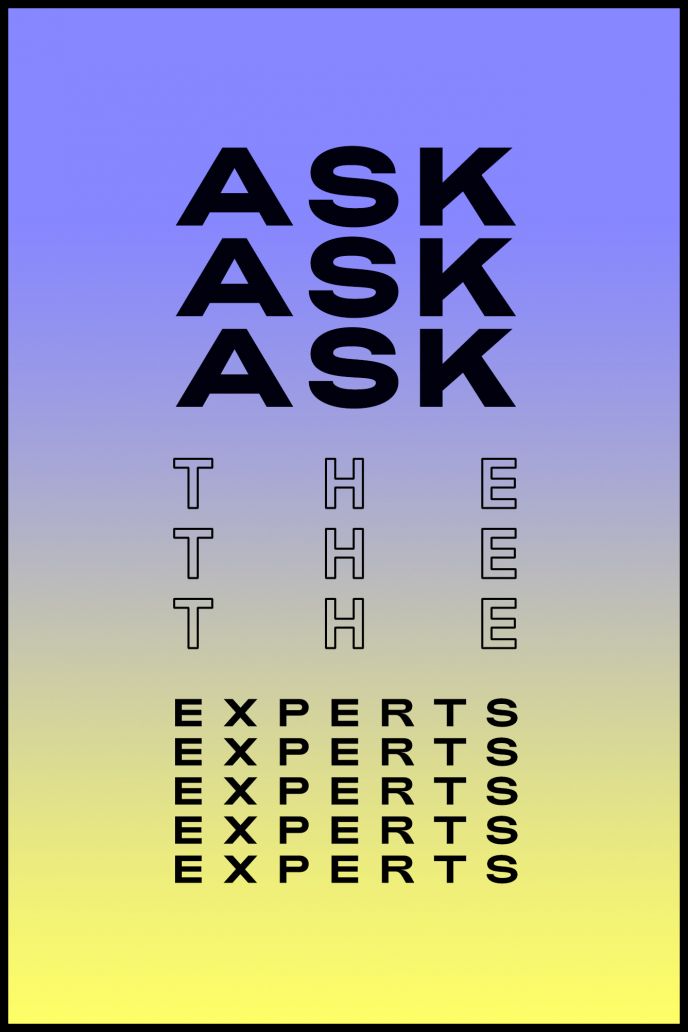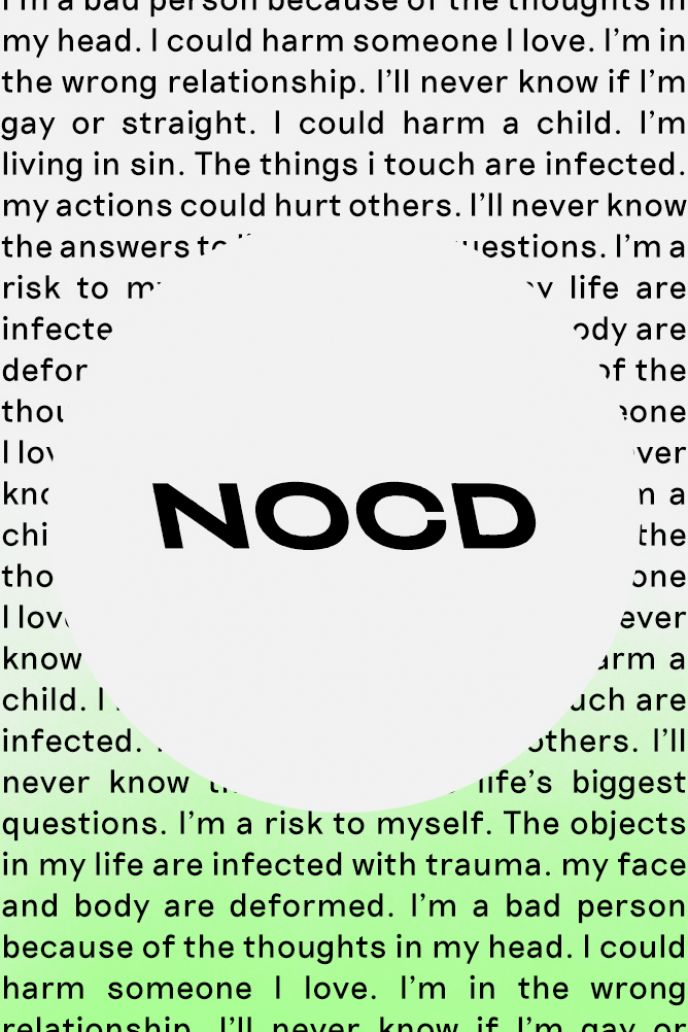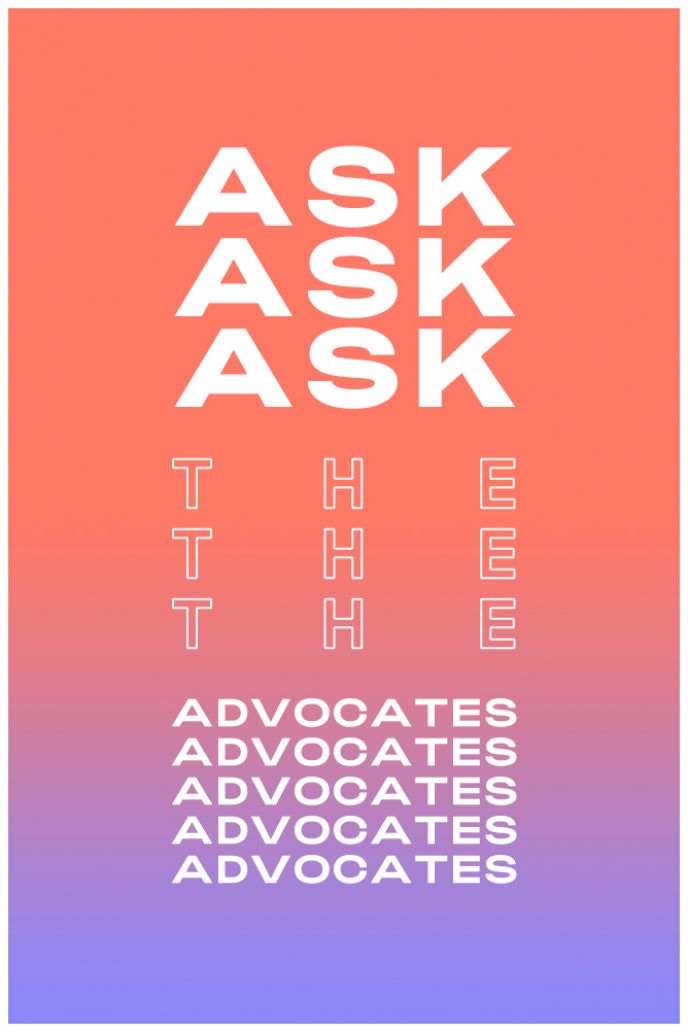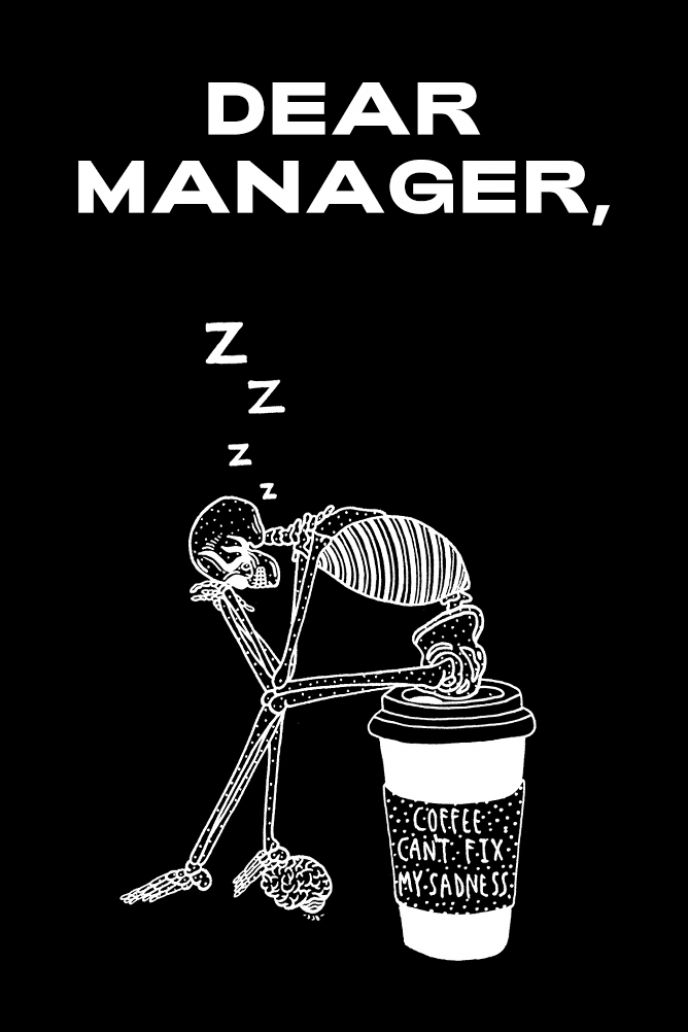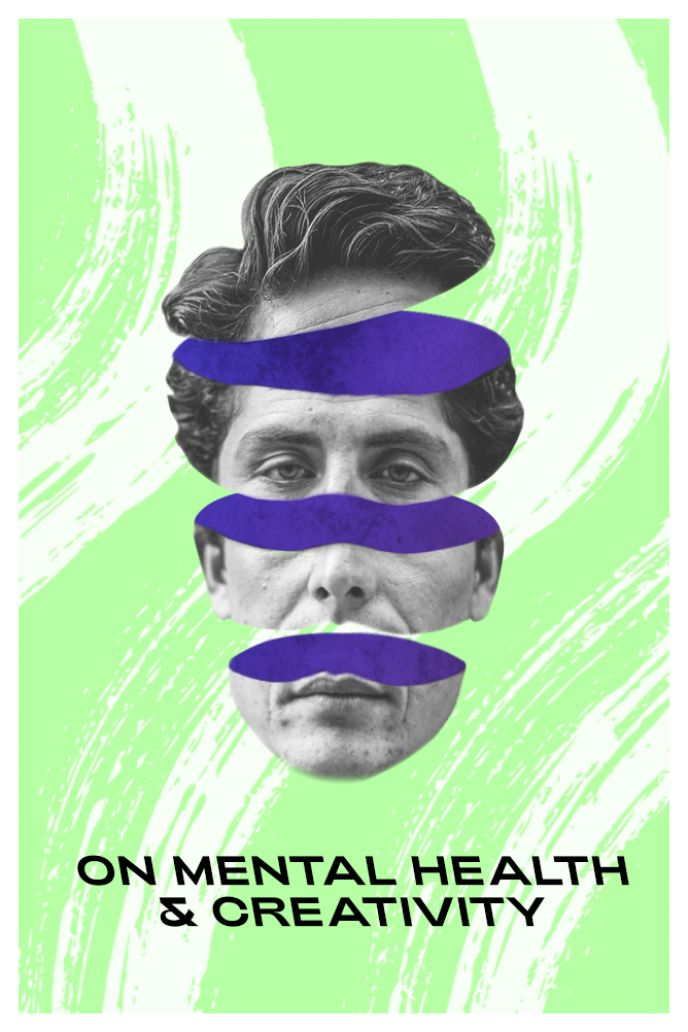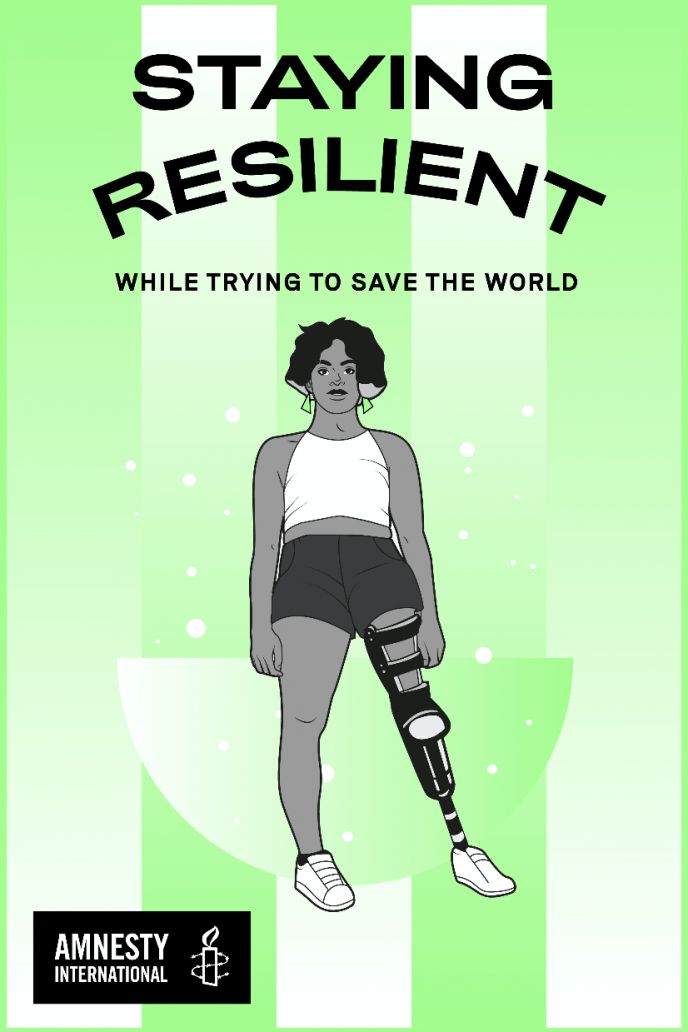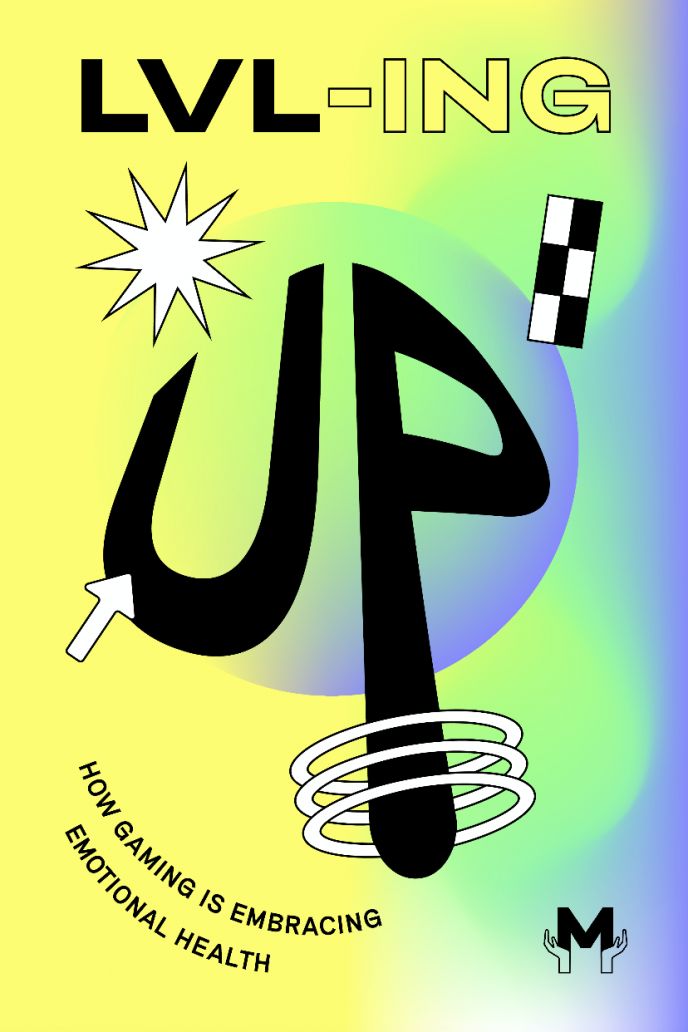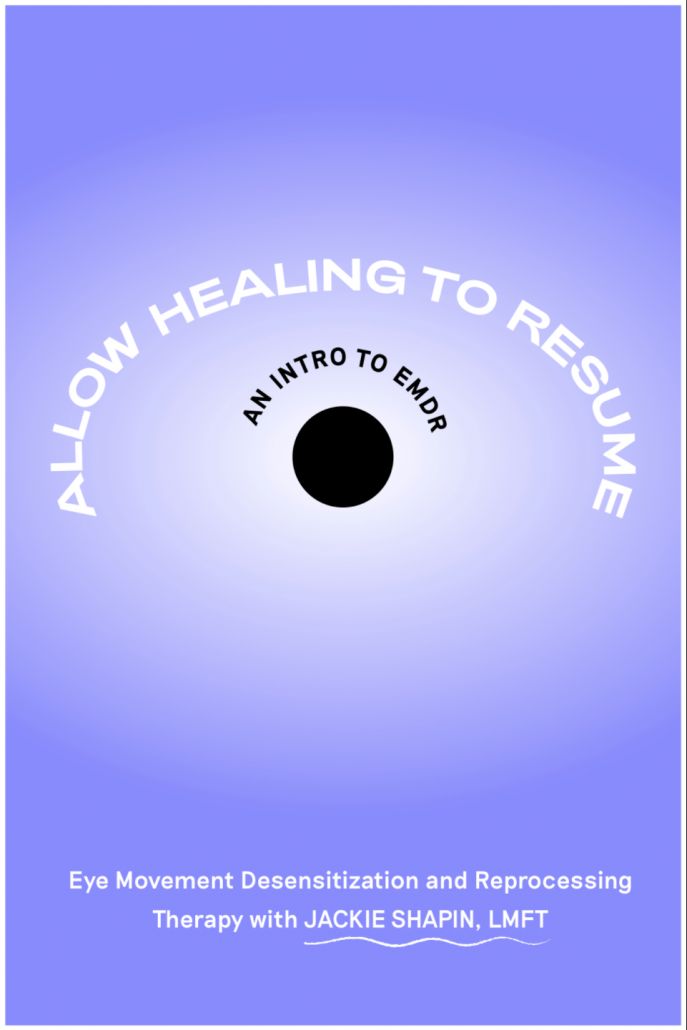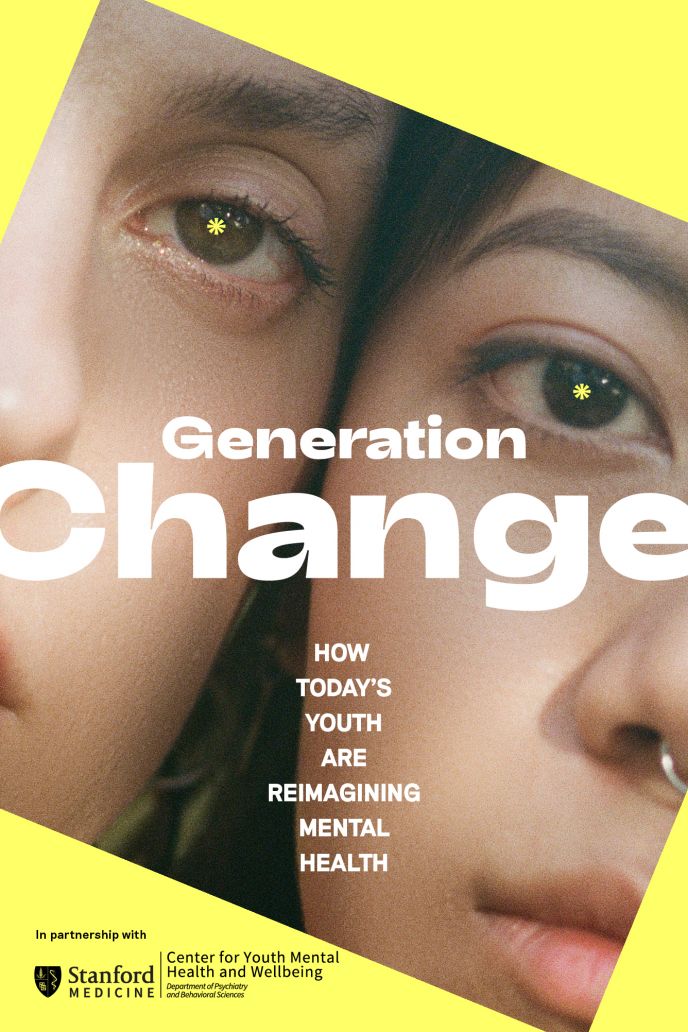Navigating Your Treatment Options, from Therapy to Medication
What approach is right for you?
Escrito por Rachel Unger

01 There are lots of treatment options out there, but two of the most common ones are therapy and medication.
02 Talk therapy is a common form of therapy that provides a supportive environment for you to draw insights and learn coping skills. It’s important to find a therapist that you click with.
03 All psychiatric medications come with their share of pros and cons. You and your doctor can work together to find a regimen that works best for you.
So you’ve decided you want to address your mental health, but don’t know where to start?
There are a number of approaches to mental health care. What works best for one person might not be the right answer for another — even if they have similar symptoms.
Treatment needs to be tailored to our specific needs and life circumstances. There is no magic pill or set number of therapy sessions that can promise a quick fix, but there are many effective treatment options — some of which can be used together — to help improve emotional health.
Here are some of the most common approaches.
Therapy
A trained therapist can help you recognize and cope with your symptoms. Therapy sessions provide a safe space for you to examine your problems, gain insight into your behaviors and learn new ways to cope. Together, you and your therapist can work to set and reach personal goals, and make positive changes in your life — resulting in better relationships and healthier ways of dealing with ups and downs.
Psychotherapy, also known as talk therapy, is an umbrella term for a type of conversation-based treatment for emotional and mental health issues. Therapists come from a diverse range of training backgrounds and often combine different techniques based on their patient’s needs.
There are many types of psychotherapy, but the overall goals are to help treat symptoms and give you a better understanding of the behaviors, emotions and ideas that are influencing your state of mind.
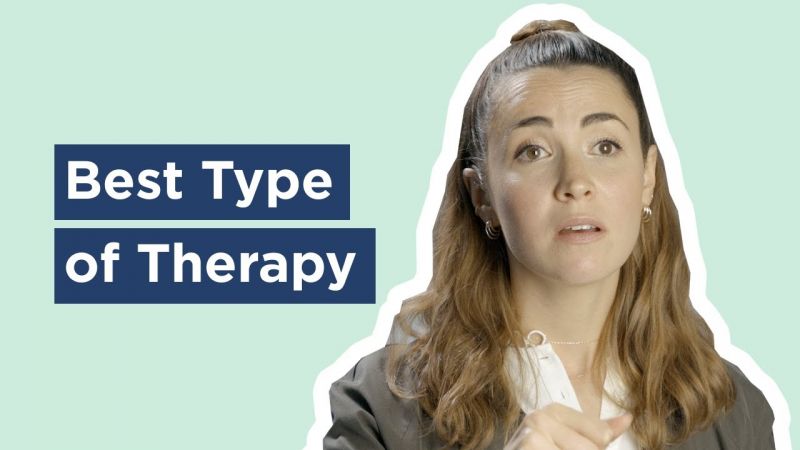
What Is the Best Type of Therapy for Me?
Understanding different therapy approaches can help guide you to a therapy style that fits you.
Psychodynamic therapy is a kind of talk therapy that gives you insight into your thoughts and feelings through self-reflection. Usually, you’ll help set the direction of the session, with guidance from your therapist throughout. You’ll gain a better understanding of your relationship patterns, unconscious thoughts and emotional blind spots. Often revolving around subconscious feelings, psychodynamic therapy aims to alleviate symptoms and improve your quality of life.
Cognitive behavioral therapy (CBT) is another form of talk therapy that focuses more on rearranging the way we think. It’s based on the idea that by changing your thoughts, you’ll treat the source of negative moods and self-defeating behaviors. With your therapist in the lead, you’ll learn to identify and counter negative thoughts with more realistic and positive ones. CBT often involves assignments to be completed outside of therapy sessions.
There are different forms of CBT that are currently quite popular, including Exposure and Response Prevention Therapy (ERP), Cognitive Processing Therapy (CPT), Cognitive Therapy (CT) and Dialectical Behavior Therapy (DBT), amongst others. CBT is widely considered to be the “gold standard” of mental health treatment, especially for anxiety disorders, eating disorders, post-traumatic stress disorder and obsessive-compulsive disorder.

What a Cognitive Behavioral Therapy Session Looks Like
Psychologist Dr. Judy Ho talks about how CBT can be used to changes thoughts, emotions and, ultimately, behaviors.
When considering therapy, make sure you do research into the approaches that are most recommended for your symptoms, and the kinds of clinicians that practice what you’re looking for. There are many types of mental health practitioners, and understanding the differences between them can be challenging. This might help.
Also talk to friends who have therapy experience, watch community videos about different modularities, read relevant articles and go prepared to your first consultation. Not all forms of therapy will be right for you and your needs. It’s crucial you research ahead of time.
Medication
Medical doctors — like psychiatrists, nurse practitioners, or primary care physicians — prescribe medications for mental disorders. These medications change the levels of chemicals in the brain that affect mood. It can take several weeks or months before a medication takes full effect.
The primary categories of mental health medications are antidepressants, anti-anxieties, antipsychotics, mood stabilizers and stimulants.
Antidepressants are often prescribed to reduce symptoms of depression. Selective serotonin reuptake inhibitors — SSRIs — are one widely used type that work by increasing levels of serotonin in your brain. Serotonin helps you be calm and in a good mood, and it also aids in sleep.
Selective norepinephrine reuptake inhibitors, or SNRIs, are the other main kind of antidepressant. They affect both norepinephrine levels — a chemical that helps with energy, alertness and mood — and serotonin levels. Many antidepressants are also approved treatments for other conditions, such as anxiety disorders, obsessive-compulsive disorder, or post-traumatic stress disorder.

4 Common Misconceptions About Antidepressants, Debunked
Here are four common misconceptions about antidepressants, and what the science behind them actually shows.
Benzodiazepines and beta-blockers are used as anti-anxiety medications and are taken as-needed. Benzodiazepines enhance the action of the neurochemical gamma-aminobutyric acid (GABA) in your brain, making you feel calmer and less anxious. They’re used in short-term treatment for acute anxiety. Beta blockers are usually used for high blood pressure but are also prescribed to help with physical symptoms of anxiety — think shaky hands, sweating, dizziness and a fast heart rate.
Antipsychotics and mood stabilizers are two other major kinds of medications. They’re often used to treat schizophrenia and bipolar disorder.
Everyone responds differently to different treatments, and there’s no one-size-fits-all solution. What works in the short-term may be different from the long-term, and your treatment may change over time. Your provider will help you choose the best treatment plan based on your individual situation, including biological, social and psychological factors. The solution may be clear right away, or it may take longer to figure out what works for you — that’s normal, too. What’s most important is to remember that you’re not alone, and you’re taking the most important step in seeking help.
Sobre el autor
Rachel Unger is a writer and editor based in Washington, D.C. She's passionate about raising mental health awareness and promoting fairness in the workplace.
Apoya nuestro trabajo
Nuestra misión es cambiar la manera en que el mundo percibe la salud mental.
